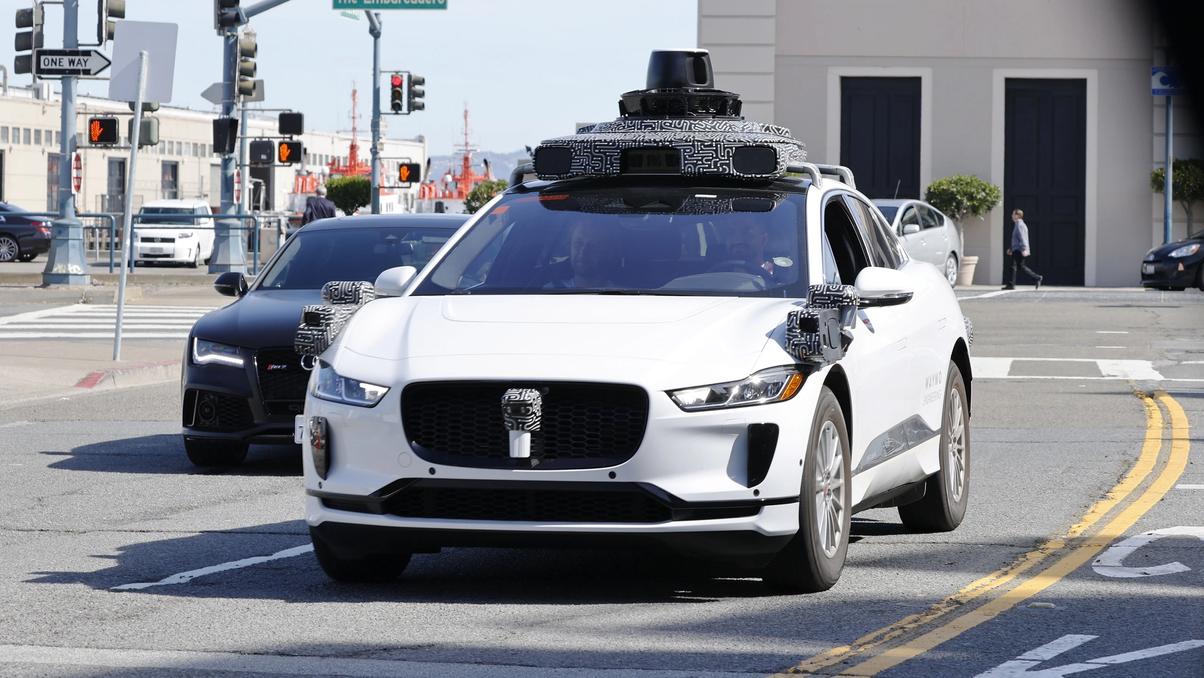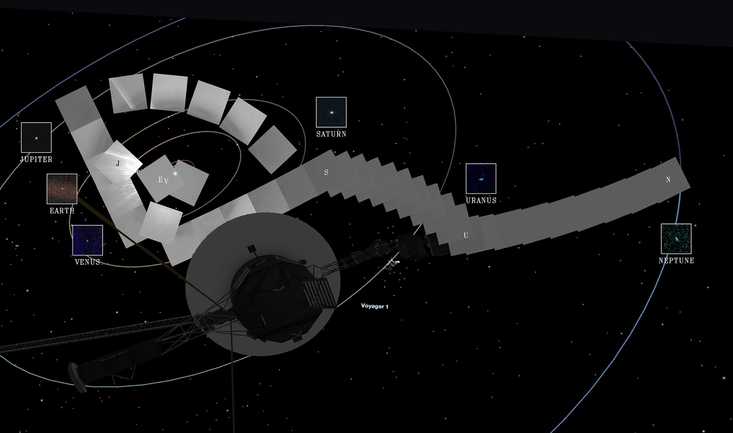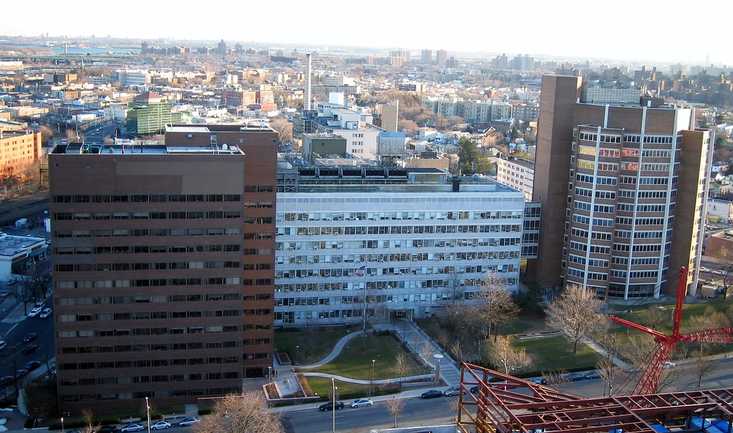Self-Driving Taxis Face An Uncertain Future … And Here’s Why
San Francisco has been the proving ground for a while, but the verdict's still out. Shutterstock
Shutterstock
News that is entertaining to read
Subscribe for free to get more stories like this directly to your inboxWe’ve been hearing a lot about autonomous vehicles in recent years and many automakers are implementing new technology that allows cars to essentially drive on their own in limited circumstances.
But then there are real-world trials involving completely driverless “robotaxis” that seem to embody the possible future of self-driving automobiles. So what’s the verdict so far?
The good, the bad, and the dangerous
While it’s true that auto collisions have been a reality since the earliest days of horseless carriages, that doesn’t mean that the companies behind autonomous vehicles are excused from incidents involving their cars.
Authorities have reported self-driving vehicles:
- Become immobilized on busy streets, leading to frustrating traffic jams
- Cut off service along bus lines and other public transit routes
- Fail to acknowledge the right-of-way of bicyclists and pedestrians
- Impede emergency vehicles or even intrude into rescue scenes
Sure, there are some big potential pros associated with allowing taxis to operate without a human in the driver’s seat. But where they’ve been tested the most, locals are getting fed up with the chaos.
Both sides are making their cases
Some local activists have taken to public protests in order to make their opposition known. Safe Street Rebel is one such group, and affiliates placed traffic cones on the hoods of robotaxis, thus interfering with their sensors.
Then there’s San Francisco Fire Chief Jeanine Nicholson, who said that autonomous vehicles have damaged fire hoses, blocked fire engines, and more, adding: “We need something to change.”
But Waymo, a leader in the industry, insists that robotaxis are the wave of the future and wants full approval as soon as possible. A decision from the California Public Utilities Commission could come as early as next month, potentially allowing companies to charge for rides across San Francisco at any time.
 Why Is The Aging Voyager 1 Probe Sending Back Incoherent Communications?
It's been speaking gibberish for a few months and officials are concerned.
Why Is The Aging Voyager 1 Probe Sending Back Incoherent Communications?
It's been speaking gibberish for a few months and officials are concerned. One Woman’s Massive Donation Is Wiping Out Tuition At This Medical School
Her inheritance came with the instruction to do "whatever you think is right."
One Woman’s Massive Donation Is Wiping Out Tuition At This Medical School
Her inheritance came with the instruction to do "whatever you think is right." Woman’s Pets Will Inherit Her Multimillion-Dollar Fortune, Not Her Kids
It's not the first time four-legged heirs were named in a will.
Woman’s Pets Will Inherit Her Multimillion-Dollar Fortune, Not Her Kids
It's not the first time four-legged heirs were named in a will.